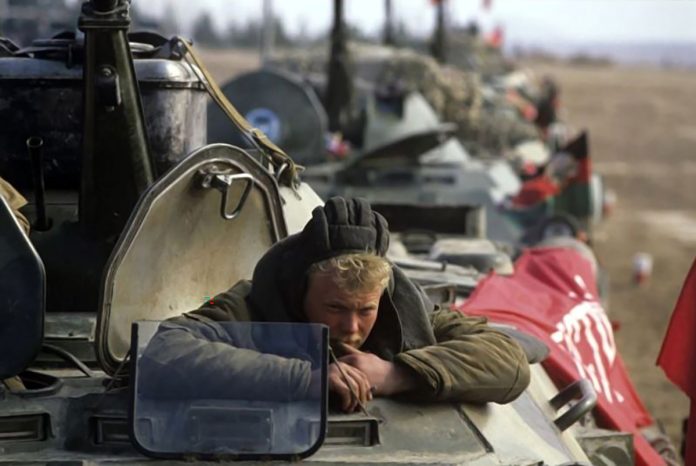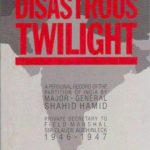Nusrat Mirza
Since the Soviet Union’s defeat in Afghanistan in 1989, the United States enjoyed nearly two decades as the world’s sole superpower. However, by 2009/2010, this unchallenged supremacy began to face significant opposition from emerging global powers, namely Russia and China, with India and Israel later adding to the challenge. Despite India being a strategic military ally of the U.S. and Israel being a close friend, both countries have taken actions that complicate their relationships with America.
India continues to purchase arms and oil from Russia, and despite ongoing conflicts on the Actual Line of Control and China’s occupation of thousands of kilometers of Indian territory, including the disputed Arunachal Pradesh, trade between India and China has not diminished. This ongoing economic engagement indicates a complex relationship that defies simple alliances.
Additionally, Israel has recently defied American advice by refusing to refrain from attacking Rafah, signaling a bold stance of independence. This act of defiance indicates that Israel no longer fully recognizes the United States’ supremacy, effectively challenging it on the global stage.
The Western powers, particularly the United States, have shown a keen interest in having Ukraine join NATO, thereby increasing pressure on Russia and threatening its security. Some Western intellectuals have even suggested that the Islamic State of Iraq and Syria (ISIS), labeled as a terrorist organization, was partially organized by Western powers to create chaos within Russia.
In response to these evolving threats, Russia, which had remained relatively passive from 1989 to 2000, began to assert itself more aggressively under the leadership of Vladimir Putin, who came to power in 2000. By 2010, Russia had started employing various strategies to strengthen its position globally.
Firstly, Russia launched an invasion of Ukraine in February 2022, preparing for a protracted conflict. Contrary to American expectations of a swift Russian exhaustion, Russia has adopted a strategy of slow, deliberate actions, despite facing a shortage of military manpower. It has been recruiting fighters from African and other countries to sustain its offensive.
The conflict’s pace is varied, with periods of slow advances punctuated by deadly strikes. Following a brutal ISIS attack on civilians near Moscow in January 2024, Russia retaliated by destroying Ukraine’s underground command and control system, highlighting the stark military imbalance between the two nations, even with Western support for Ukraine.
Secondly, Russia has been showcasing its military strength and issuing nuclear threats. The rationale behind this is clear: had Ukraine joined NATO before the Russian invasion, all NATO member countries would have been compelled to wage war against Russia according to NATO’s doctrine.
Thirdly, Russia is threatening to target military assets and space vehicles, aiming to disrupt the global communications networka critical component of American dominance. Moreover, Russia is allegedly targeting the High-Frequency Active Auroral Research Program (HAARP), capable of weather modification and potentially causing natural disasters like floods, tsunamis, and earthquakes.
Disrupting HAARP would hinder the U.S.’s ability to send signals to its submarines, crucial for its second-strike capability. Additionally, Russia has conducted drills with non-nuclear tactical warheads to send a message to nearby Baltic States, Poland, and other countries that any assistance to the U.S. or its allies will not go unpunished.
Fourthly, Russia is working to undermine the global importance of the dollar. Currently, 130 out of 193 countries trade with China, and 38 of these countries do not use the dollar, opting instead for their own currencies. This practice is gradually diminishing the dollar’s global significance, with the potential for increased use of local currencies in trade with China, Russia, and among themselves over time.
Fifthly, while America aims to keep Europe aligned with it, Russia is striving to pull European countries away from American influence, encouraging them to either align with Russia or adopt a neutral stance.
Sixthly, America’s strategy has involved dealing separately with China and Russia to prevent a military alliance between them. However, the recent visit of Russian President Vladimir Putin to China has significantly strengthened the military alliance between the two nations, reducing the likelihood of keeping them apart.
The conflict appears to be entering its final phase, with Russia and China forming a bloc that many allies are expected to join. India, for its part, seems to be maintaining a neutral position, fostering relationships with both blocs. This neutrality has led to unmet expectations from the United States, which now appears to be placing more trust in the Philippines and aligning more closely with them.
In conclusion, the global security landscape is witnessing significant shifts, with long-standing alliances being tested and new power blocs emerging. The actions and responses of key players like the United States, Russia, China, India, and Israel will shape the future geopolitical order in this era of heightened tension and uncertainty.
The author is chief Editor of the Monthly Interaction.







